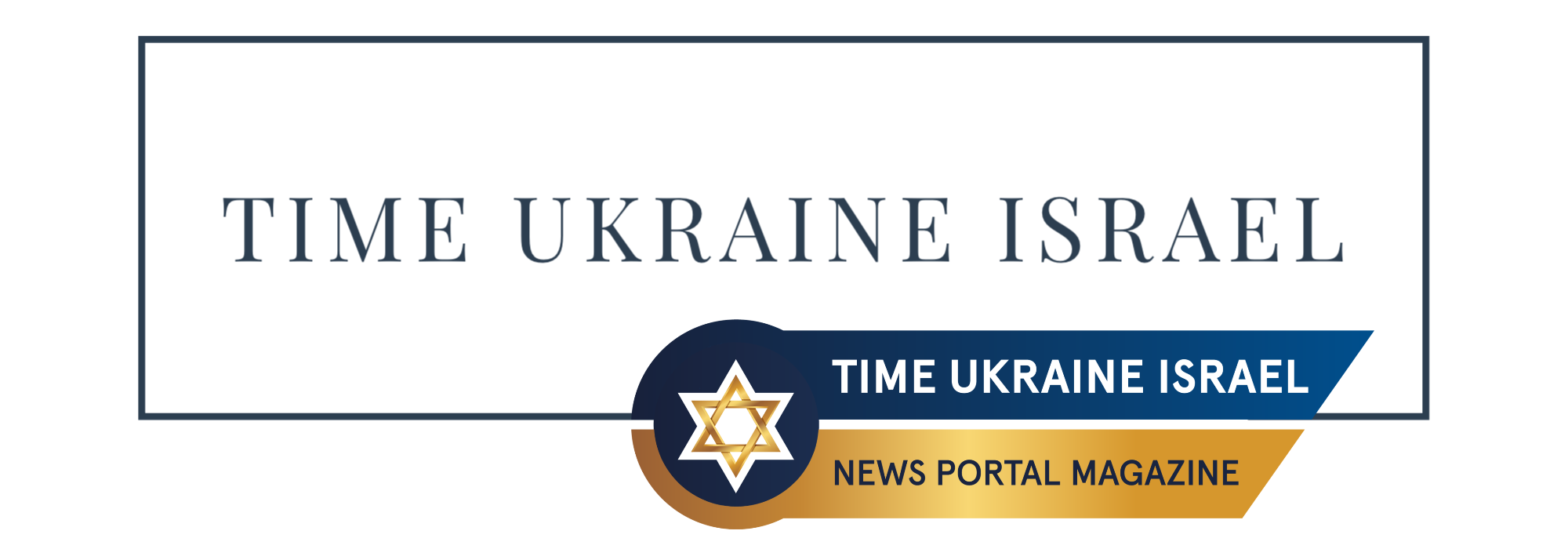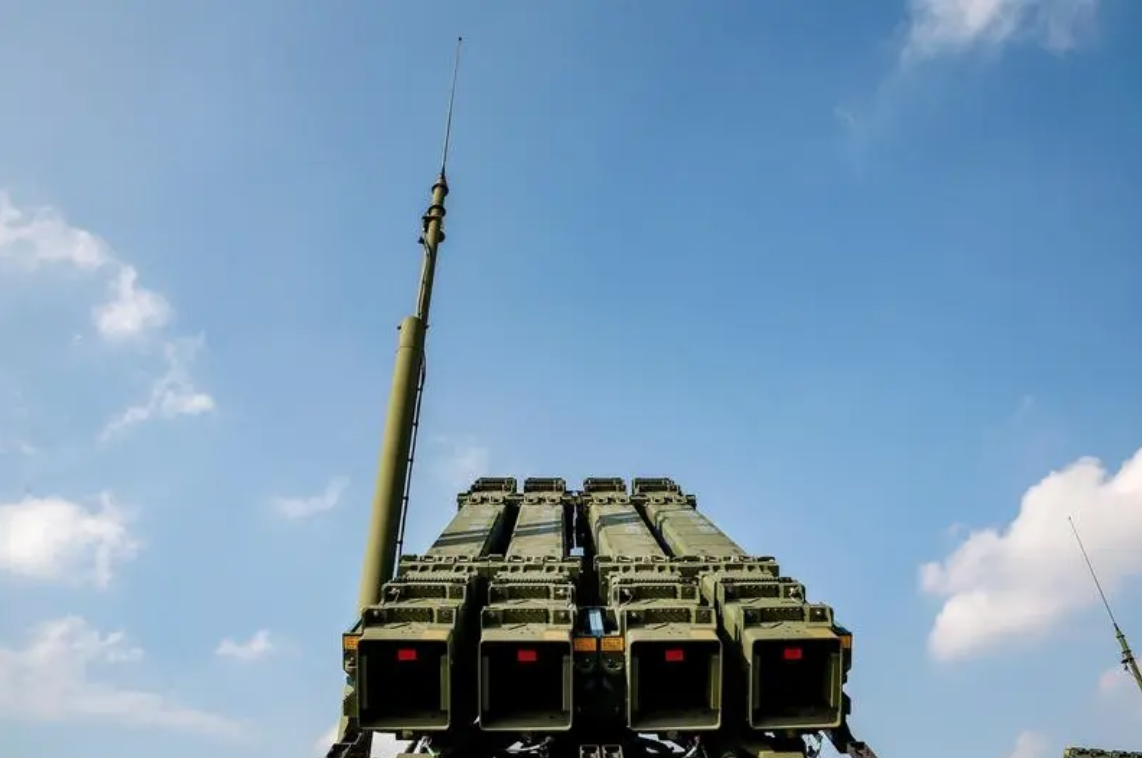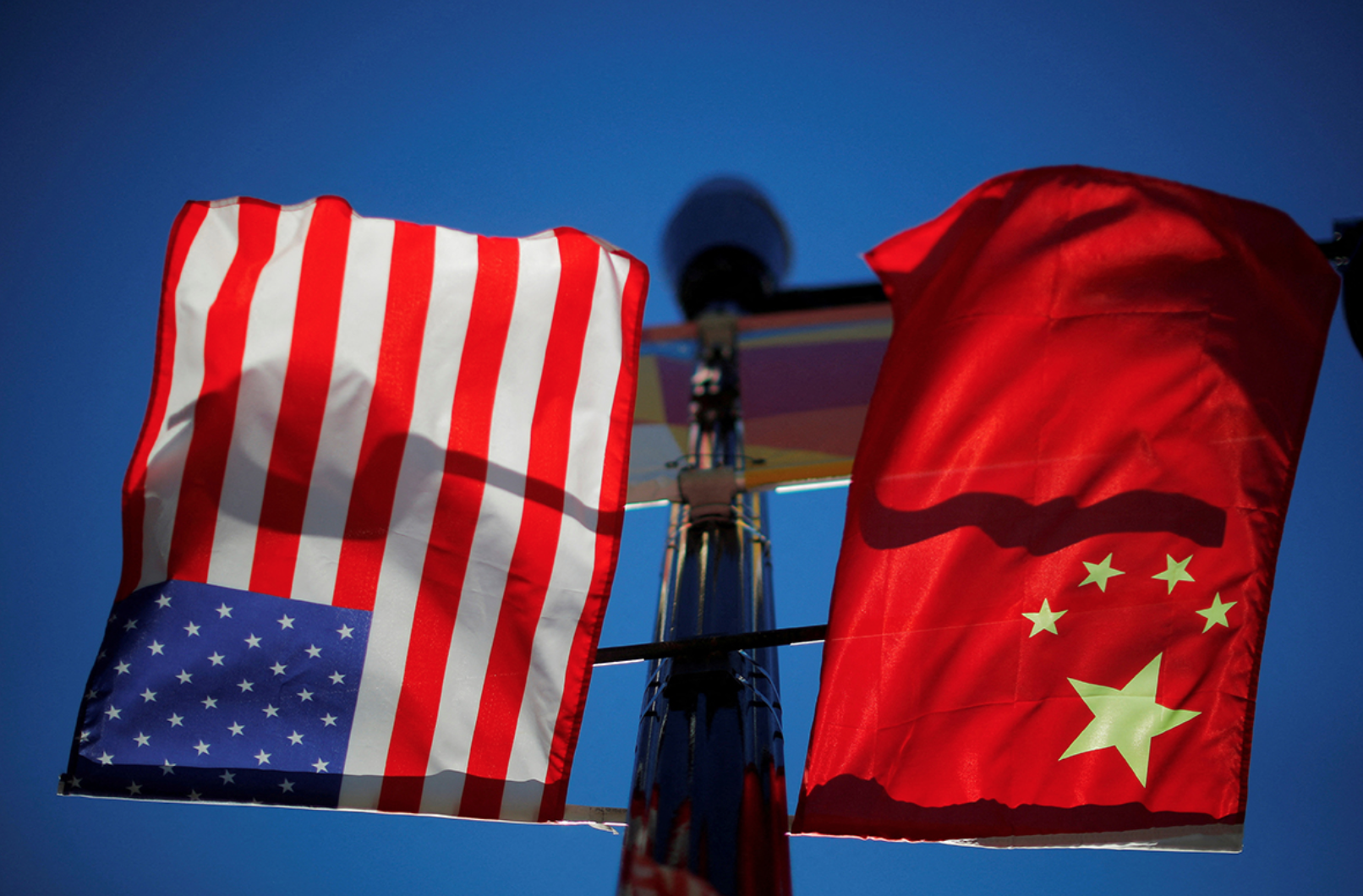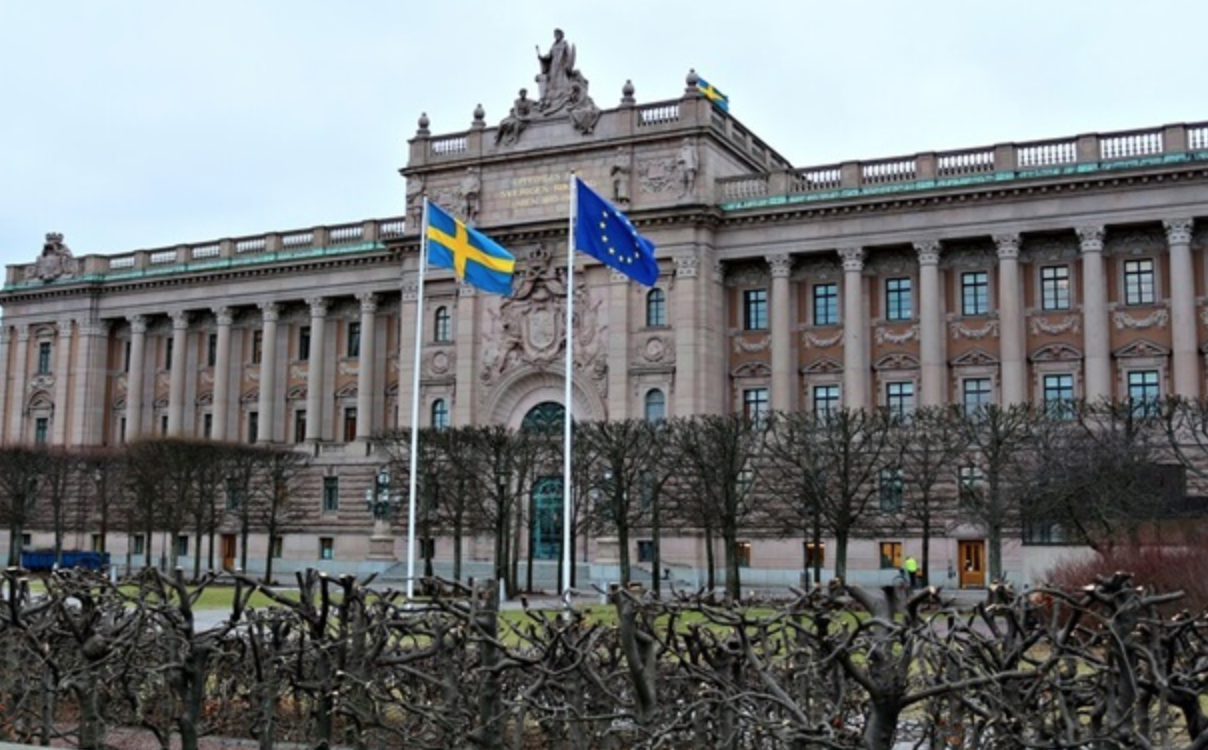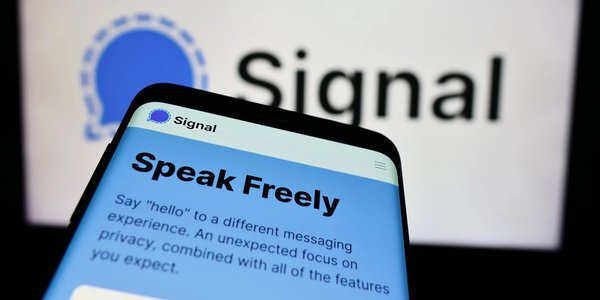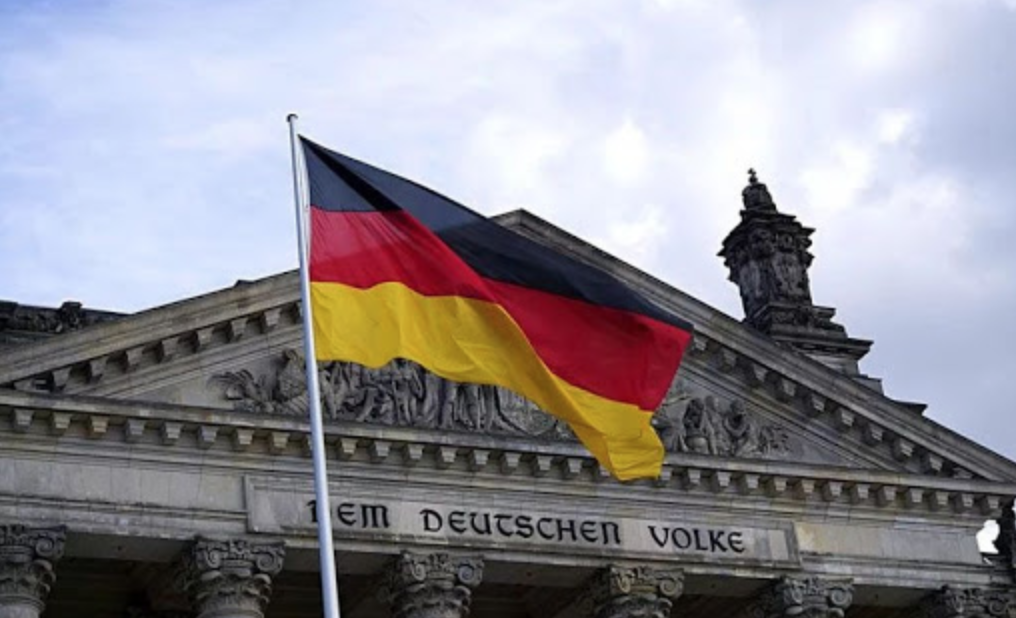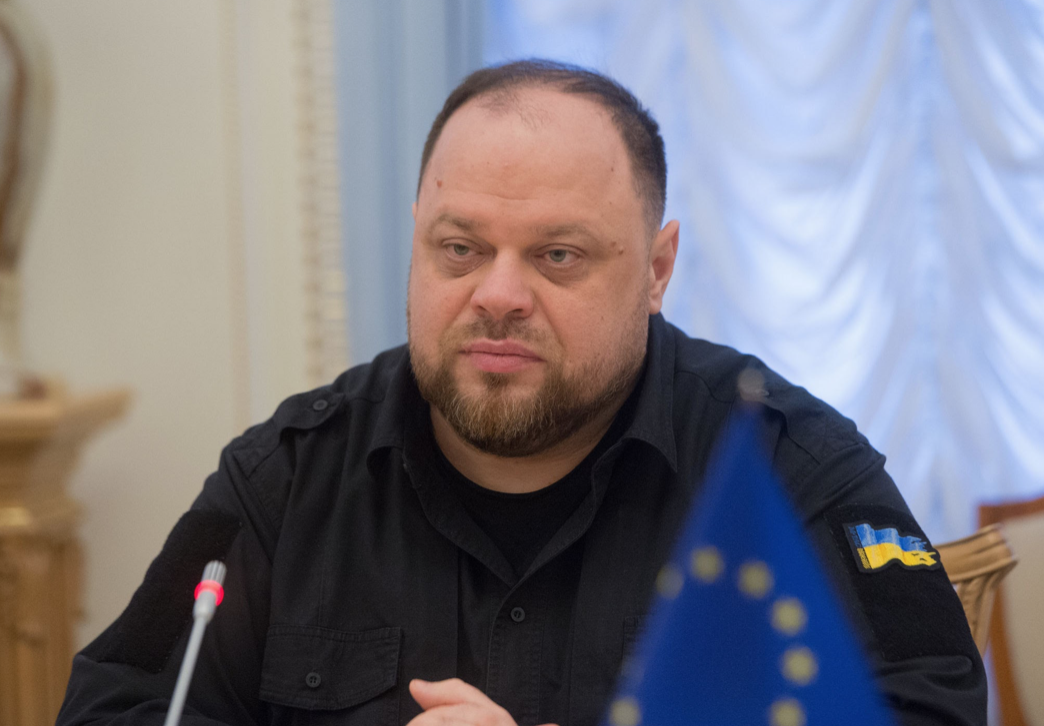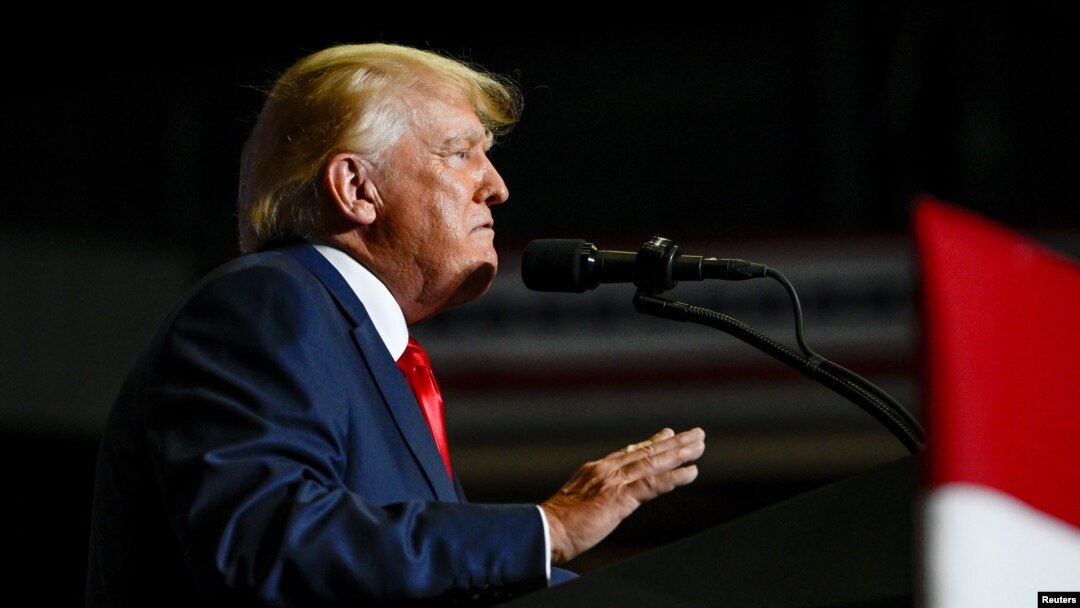Photo: Depositphotos
Elon Musk ‘s Starlink satellite internet service is gradually expanding its presence in the world, but it is still struggling to compete with traditional high-speed internet providers in Europe. According to Politico, although Starlink is able to provide Internet access to remote regions and underdeveloped areas, most European consumers choose fibre-optic networks because of their high speed and stability.
Challenges for Starlink in Europe
According to the European Commission, around 79% of households in the EU have access to networks with at least 1 gigabit per second, mostly thanks to fibre optics. In comparison, Starlink provides speeds of 25 to 220 Mbps, depending on location, network load and weather conditions.
Robert Mowrick, Chairman of the European Telecommunications Regulatory Authority BEREC, said:
“If I were a customer and I could connect to fibre optics, I would choose it. If there are no other options, satellite internet is a good alternative.”
Starlink is also inferior in terms of signal delay (ping), a critical parameter for video conferencing, online gaming and autonomous vehicles.
Problems with market competition
Starlink’s prices in Europe are also a factor holding back its widespread adoption:
– The subscription costs about 49 euros per month
– One-time equipment fee – 249 euros
For comparison, the average cost of fibre-optic internet in the EU is approximately EUR 35.17 per month, while traditional broadband internet is even cheaper at around EUR 21.32.
In some countries, such as Greece, where geography makes it difficult to install terrestrial infrastructure, Starlink is a more attractive alternative. However, in densely populated areas of Europe, the service is facing network congestion – for example, in South East England, Starlink is no longer accepting new customers due to exhausted capacity.
EU initiative – IRIS² project
The European Commission did not stay away from satellite technology. In December, it signed a contract for the IRIS² constellation of cyber-secure satellites to provide governments, militaries and remote regions with secure broadband. The multi-billion euro project is a direct response to the growing influence of Starlink.
Mourick stressed the importance of controlling telecommunications networks in Europe:
“You don’t want all communications in your country to be controlled by a foreign company. Telecommunications is a strategic sector.”
In the spring, the EU is expected to adopt the Space Act, which will regulate the activities of companies like Starlink in the European space sector. This could create new legal obstacles for Elon Musk.
Growing popularity of Starlink in the world
Despite the difficulties in Europe, Starlink is actively expanding globally:
– In 2024, the number of connections reached 4.6 million, which is twice as many as in 2023.
– According to Cloudflare, the service’s traffic grew by 3.3 times ayear.
Satellite internet is also becoming popular in niches such as air travel and cruise ships. Starlink has already signed agreements with United Airlines and Air France toprovide Wi-Fi on board aircraft.
What’s next for Starlink in Europe?
Although Starlink is not a serious competitor to traditional providers in Europe today, the company has the potential to carve out a niche in the remote regions and transport segment.
Analysts believe that the satellite internet market will remain niche in the coming years, but Elon Musk may surprise the market with new technological breakthroughs.
“What I say now may be outdated tomorrow,” Mourinho concluded.
